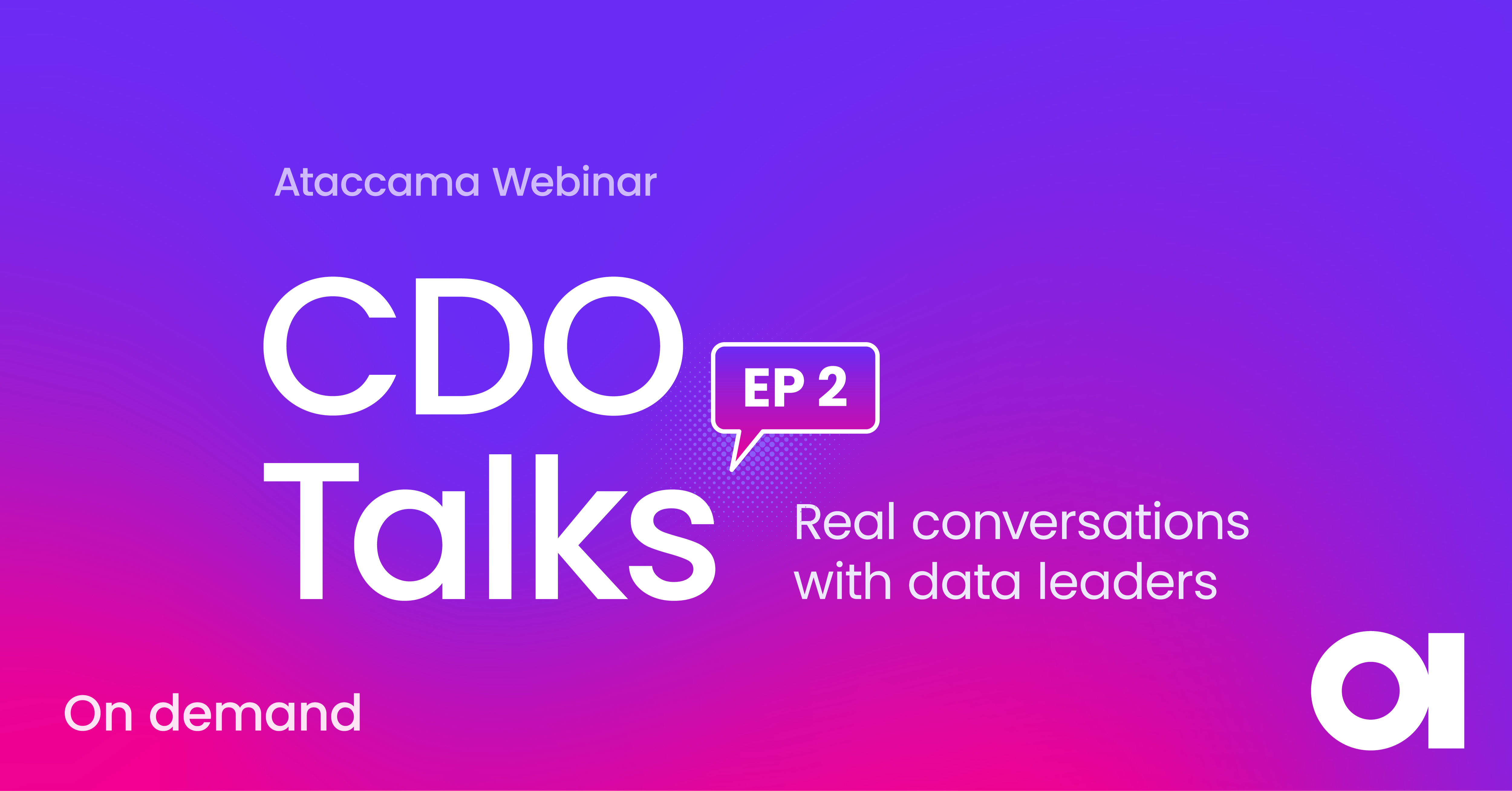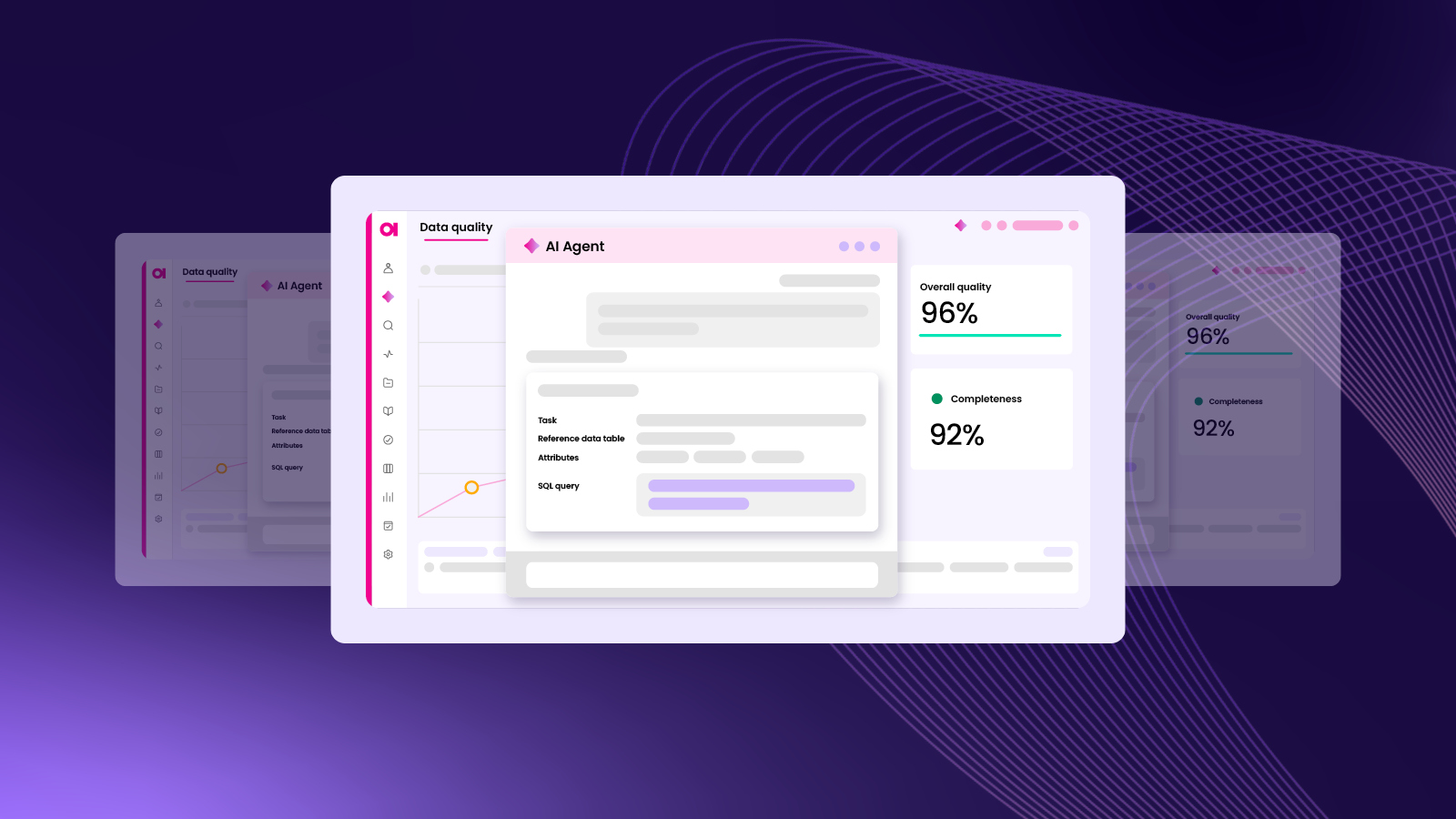7 Principles of Success for Chief Data Officers

In 2016, Gartner published an infographic pointing out the roadblocks that Chief Data Officers face. Fast forward to 2023—they are exactly the same.
While data management technology is booming, people still don’t get what Chief Data Officers really do.
We have great methodologies and frameworks for data management, but Chief Data Officers lack the authority to own data management and be the change agents they are meant to be.
In the end, CDO success is much more than getting data into shape.
Given the somewhat nebulous definition of the CDO role in many companies, you may be looking for resources to help cut through the fog and ensure your success. We have gone through the available research and articles about CDOs and distilled them into seven principles that increase your chances of success.
#1 Focus on supporting business objectives and creating tangible business value
CEOs, CFOs, and other executives constantly push for data ROI.
That’s why 45% of CDOs define success as achieving business objectives rather than data management objectives. Technical and foundational aspects/objectives (like data architecture, governance, and infrastructure) are essential, but you should look at them as a means to an end, not the final destination.
Data management initiatives should serve as a tool for achieving greater outcomes for the business, such as reducing risk, increasing revenue, or eliminating inefficiencies and waste in the workplace.
Naturally, CDO KPIs are evolving towards an emphasis on monetary value.
Some of the specific ways that you can bring business value are:
- Data governance
- Data modernization
- Creating data products and measuring their value
- AI & analytics projects
- Data quality
#2 Agree on job responsibilities and OKRs before you start
On average, a CDO tenure is just two and a half years. Are Chief Data Officers burned out?
One reason for this fatigue is that your list of responsibilities is very broad, spanning the data spectrum from the business to the technical side. There are too many tasks for one person to handle, so you’ll need to delegate some responsibilities to other individuals/departments. And it’s crucial to define clear priorities regarding objectives and key results so everyone knows what to expect and what they’re responsible for.
To increase the chance of success when starting a job, a CDO has to:
- Agree on the CDO mandate and the reporting structure
- Clearly define the short-, medium-, and long-term goals.
- Define where their mandate ends and where the CIO and CTO (among others) begin.
“The data indicates that to be successful, CDOs should narrow their focus and discuss with senior executives—ideally before starting their jobs—the most important responsibilities and initiatives they should address.”
Once you set your key goals, the next step is communicating them and setting expectations for yourself, your team, and your peers.
#3 Own data management in your org
When business initiatives grind to a halt because of the organization’s data, the CEO will come knocking on your door.
If you are in the camp with half of CDOs who don’t have primary responsibility for data management, you are in quite a pickle and need to communicate the problem to your CEO. You can’t guarantee the success of data-dependent initiatives if you can’t enforce policies and uphold a common standard for enterprise data.
Research on the topic is clear: CDOs who have responsibility over data are 10% more likely to report success in their roles.
Of course, owning data management doesn’t automatically mean centralizing data governance activities. You can empower your teams with autonomy by using a decentralized approach, like the data mesh. You will be able to enforce global standards without micromanaging each business unit or division and avoid unnecessary bottlenecks.
#4 Balance strategy with quick wins
To move your agenda forward and gain organizational support, you have to balance long-term strategy with quick wins that demonstrate immediate business value.
If investments like data management software or data modernization don’t deliver tangible results, the C-suite and business heads might become skeptical of your work and the return on your investments. That means your initiatives need to alleviate specific pain points or generate business value consistently through the duration of the initiative, including its early stages. At the same time, you should not lose sight of the long-term vision.
A good example is data governance. It’s a long-term initiative with several levels of maturity that take years to achieve. However, delivering an easy way to find enterprise data through a data catalog can be a great “side effect” of trying to get an idea of where PII data resides. A benefit like this can be achieved in a matter of months. So when the line of business managers see that they can test hypotheses and get answers faster, they will immediately appreciate your initiative.
“You need to have a long-term strategic plan with a vision that you can evangelize — but not at the expense of having a tactical plan that allows you to execute and deliver business value now. You need both.”
Ajai Sehgal, CDAO at the Mayo Clinic
#5 Balance data defense and offense
Everyone wants a seat at the C-suite table. To get there, you have to have data offense. That’s according to Bill Groves, an ex-CDO of Walmart and several other companies.
What about data defense?
Both are important, but let’s start by defining them.
Data defense is about reducing risk for the organization. It includes maintaining compliance standards, detecting and eliminating fraud, and preventing theft, regulatory compliance reporting privacy & data protection, health & safety compliance, risk scoring, and consent management.
Data offense supports business objectives tied to revenue generation and expansion. It includes processes and initiatives like marketing segmentation & targeting, predictive analytics, customer satisfaction, and product development. Lastly, it means establishing processes and infrastructure for reporting and supporting managerial decisions with insights from data.
Your individual mix of data defense and offense will depend on your situation and the goals set in your data strategy. For example, if you operate in a highly regulated industry, it would make sense to put more emphasis on data defense. That said, completely disregarding one or the other is never an option, as it will put your company at a competitive disadvantage.
#6 Make analytics part of the mandate
Analytics is high on the CDO’s list of responsibilities and priorities.
Research is clear: 36% of CDOs dedicate part of their resources to “small sets of key analytics or AI projects” to bring value to their organization. It’s not surprising because analytics is one of the most straightforward ways to use data in its offensive capacity. The link is so strong that is makes sense to manage the two together.
That’s why many CDOs are slowly shifting towards CDAOs (Chief Data Analytics Officers). And you should probably, too.
“The CDO job without analytics is a two-year job. If you are just dealing with data management, it is too hard to show value. There may be some regulatory pressure to improve data, but that usually goes away in a couple of years.”
#7 Measure and communicate business value
We’ve established that as a CDO, you are under pressure to demonstrate business value and demonstrate it fast—but don’t stop there. The latest research says that 62% of CDOs feel their role is not as well understood as those of other executives. So what can you do about it?
Spread the message about your plans and the impact of your work to different audiences and stakeholders. Some practical examples are:
- Communicate how projects align with business goals.
- Evangelize on the created business value: time savings, direct revenue attribute, eliminated costs.
- Provide updates on the rollout timeline to keep people engaged about what’s coming and when.
The CDO superpower: communication
If you want to learn how to communicate the business value of data governance, take a look at our playbook.








